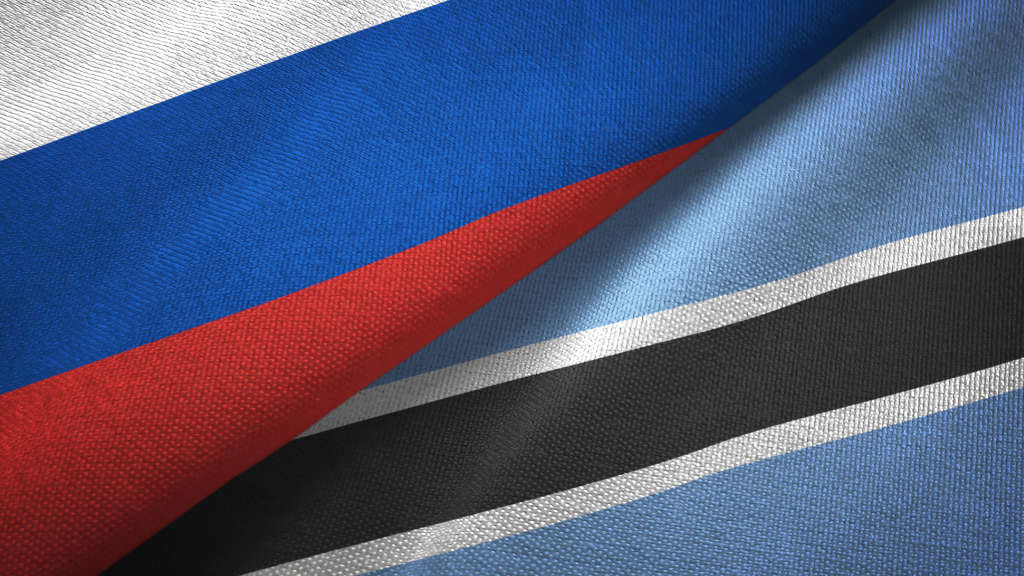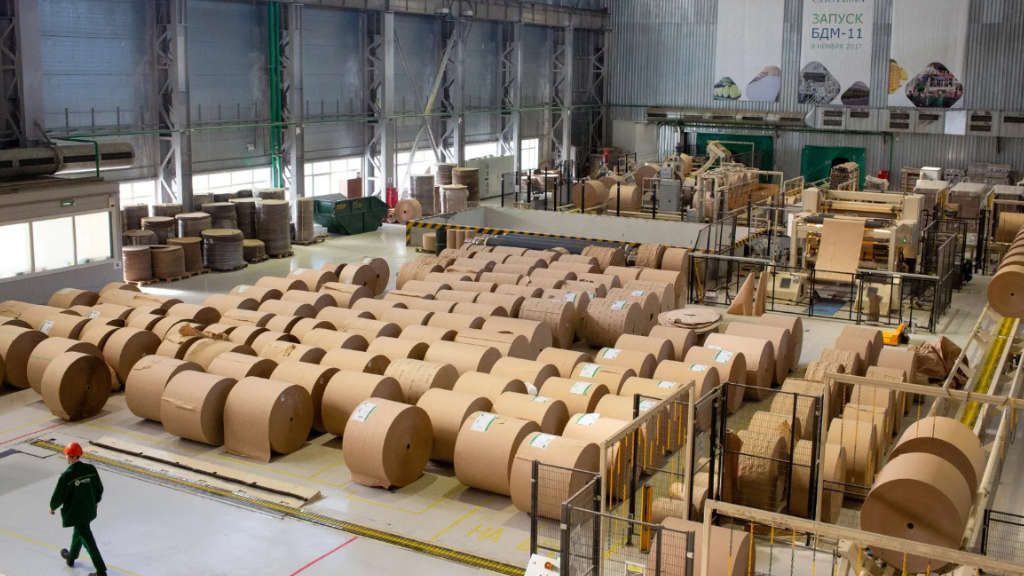Vladimir Serpikov, Director of the EAEU Trade Policy Department, held a working meeting with Liu Jin, Minister Plenipotentiary for Trade and Economic Affairs of the Embassy of the People’s Republic of China in Russia at the Eurasian Economic Commission on January 10th.
The two sides discussed the current state and prospects for the development of cooperation, the status of the implementation of agreements reached at the fourth meeting of the Joint Commission on the Implementation of the Agreement on Trade and Economic Cooperation between the Eurasian Economic Union and China, as well as the implementation of the EAEU-China roadmap approved in 2023.
In addition, an agreement was reached to begin active preparations for the fifth meeting of the Joint Commission, scheduled to be held in 2025 in one of the EAEU countries.
Serpikov stated “We will carry out work this year to update the roadmap, including the most sought-after areas of cooperation that will contribute to the further growth of trade between our countries.”
The EAEU has a Free Trade Agreement with China, however this is non-preferential and is adjusted on an as-need basis. Both sides will be examining all aspects of trade between China and Russia as well as Armenia, Belarus, Kazakhstan and Kyrgyzstan and working out where appropriate tariff reductions can be made in various product sectors.
China’s trade with Russia has shown significant growth, with bilateral trade turnover increasing from US$146.88 billion in 2021 to US$190 billion in 2022, reaching US$240.11 billion in 2023. For 2024, the trade volume showed a small increase of just over 2% and reached about US$243 billion. This would significantly increase if solutions to Western-imposed sanctions financial settlements between China and Russia are utilised. Much will depend on the incoming US President Donald Trump and his attitudes towards China trade and Russian sanctions – with the EAEU and China meetings also designed to look at differing scenarios.
Further Reading
Russia-Mongolia Railway Border Crossing To China Doubles Freight Capacity






